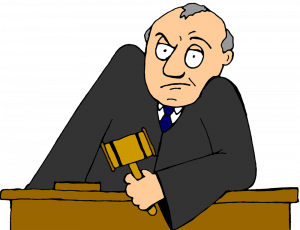While any California DUI offense can have a serious impact on a person’s life, those DUI cases that involve an accident with injury are especially serious. Anyone facing such a violation must make sure to understand what they are facing, to better defend against the allegations. California Vehicle Code section 23153 provides that it is illegal to drive a car while engaging in any other type of conduct that is forbidden by law. This includes driving under the influence of drugs or alcohol.
After a California DUI accident, the prosecution will likely charge several offenses. Aside from a traditional DUI, a motorist may also face charges under section 23153. To prove a violation of section 23153, the prosecution must show:
- The driver violated the state’s DUI laws;
- While under the influence, you also violated another traffic law, or otherwise acted in a negligent manner; and
- The driver’s actions resulted in another’s injury.
To find someone in violation of the California DUI laws, the prosecution must establish that a driver:
- Had a blood-alcohol (BAC) content of .08 or more;
- Was otherwise under the influence of alcohol (even with a BAC of less than .08);
- Was under the influence of drugs; or
- Was under the influence of both drugs and alcohol.
 San Diego DUI Lawyers Blog
San Diego DUI Lawyers Blog







